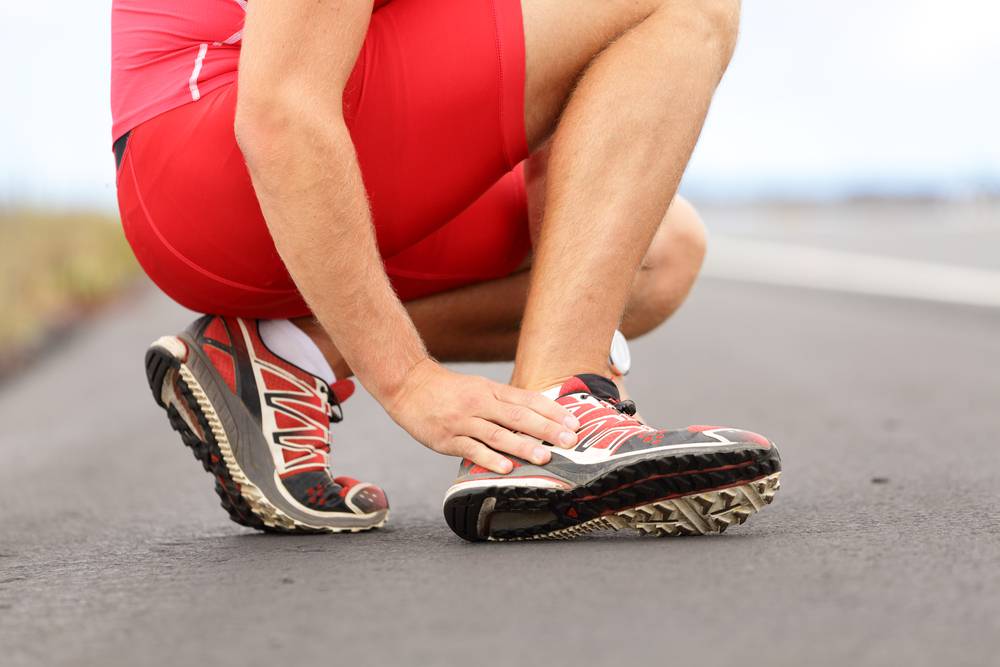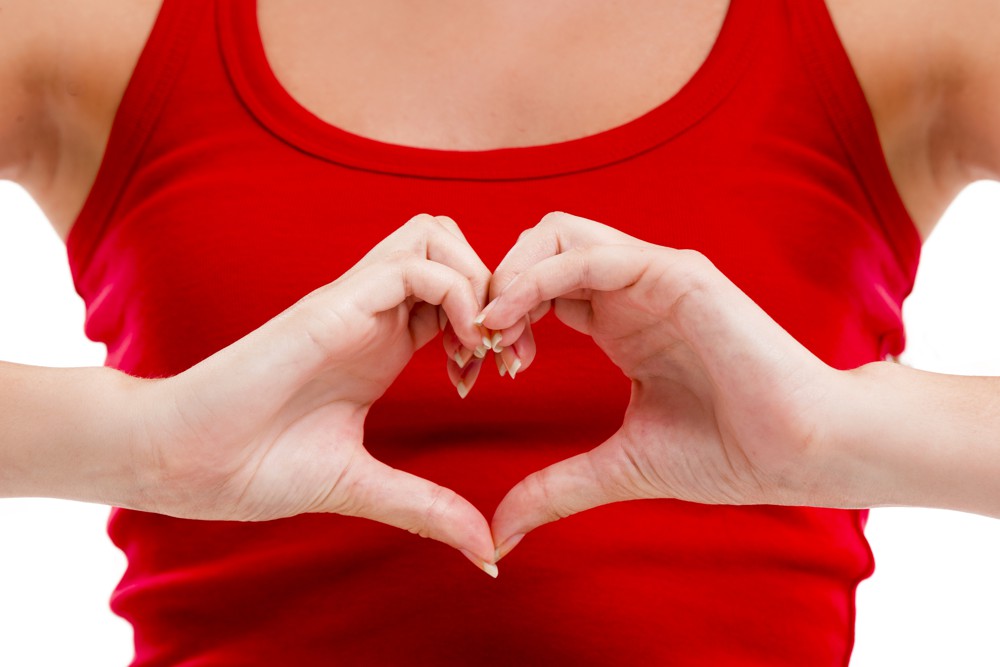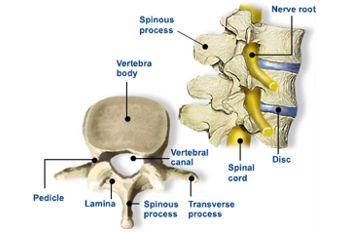 Anatomy:
Anatomy:
Your back (spine) is made up of vertebrae (bones) that make up 5 spinal regions: cervical, thoracic, lumbar, sacrum, and the coccyx. Between each vertebrae sits a shock-absorbing disc that allows movement and provides flexibility.
The purpose of your spine is to protect your spinal cord. Nerves from the spinal cord pass through the intervertebral foramen to the body, allowing messages to be transmitted to and from the brain and the periphery (e.g., your limbs).
The spine is supported by ligaments such as the anterior longitudinal ligament, the posterior longitudinal ligament, and the ligament flavum, and the core muscles such as the transversus abdominis and the multifidus. The unique and complex structure of spine allows humans to move with great freedom, but also requires coordinated interactions between vertebrae, vertebral discs, ligaments, and supporting musculature in order to achieve healthy function.


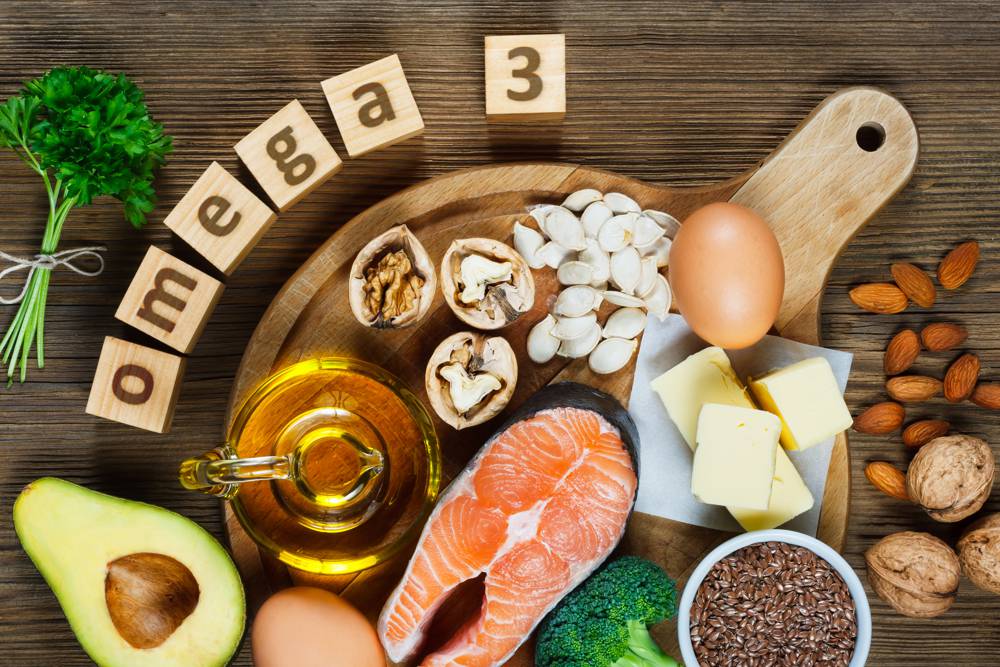
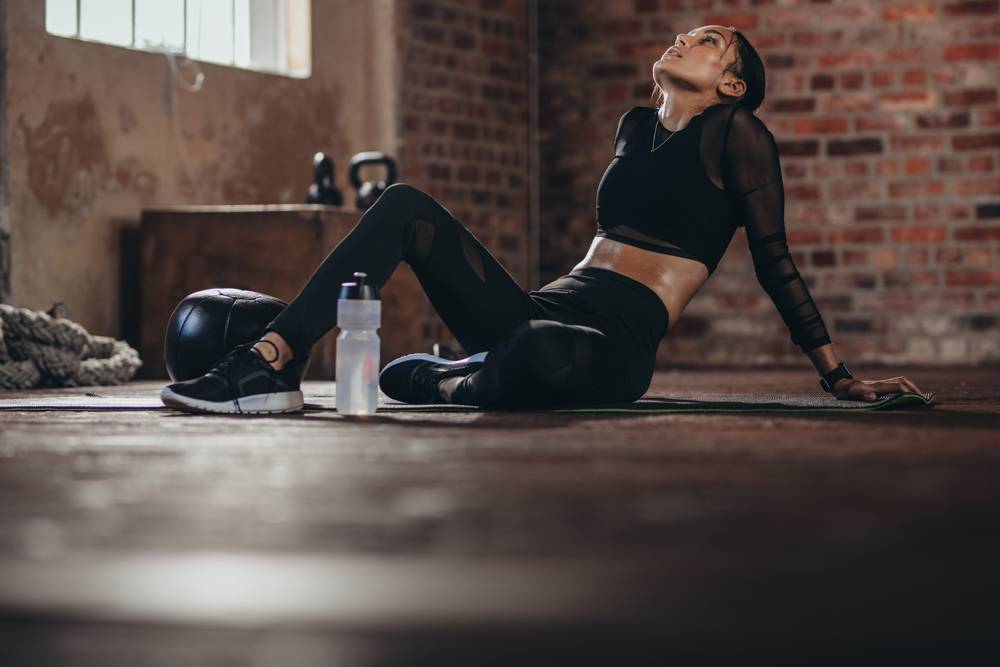






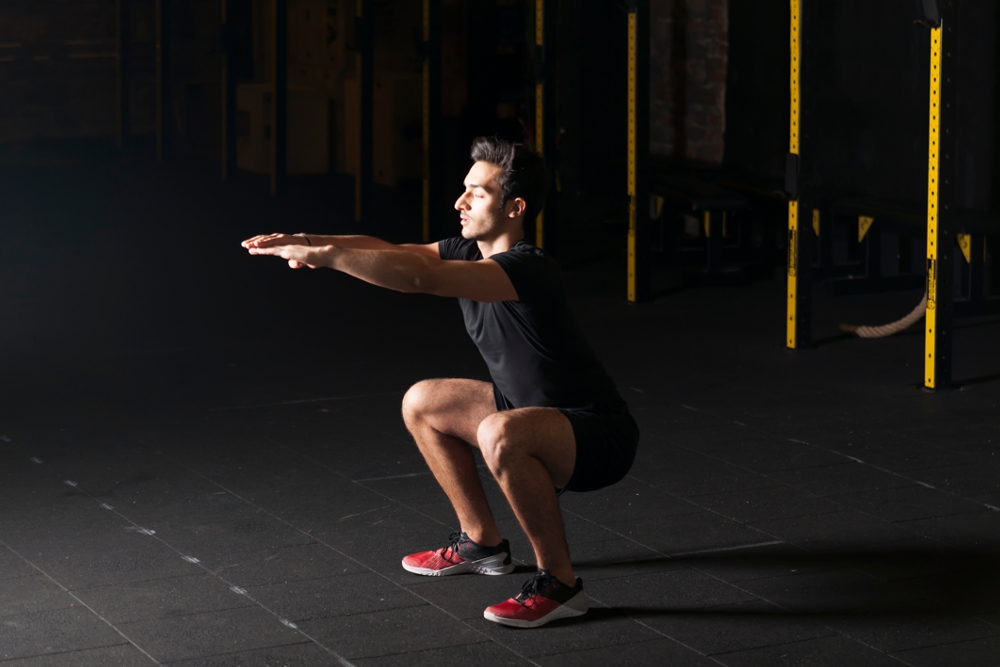

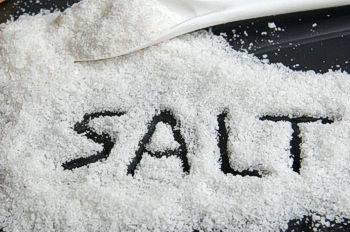 In the last decades many different theories about salt or sodium have come to light.
In the last decades many different theories about salt or sodium have come to light. Anatomy:
Anatomy: